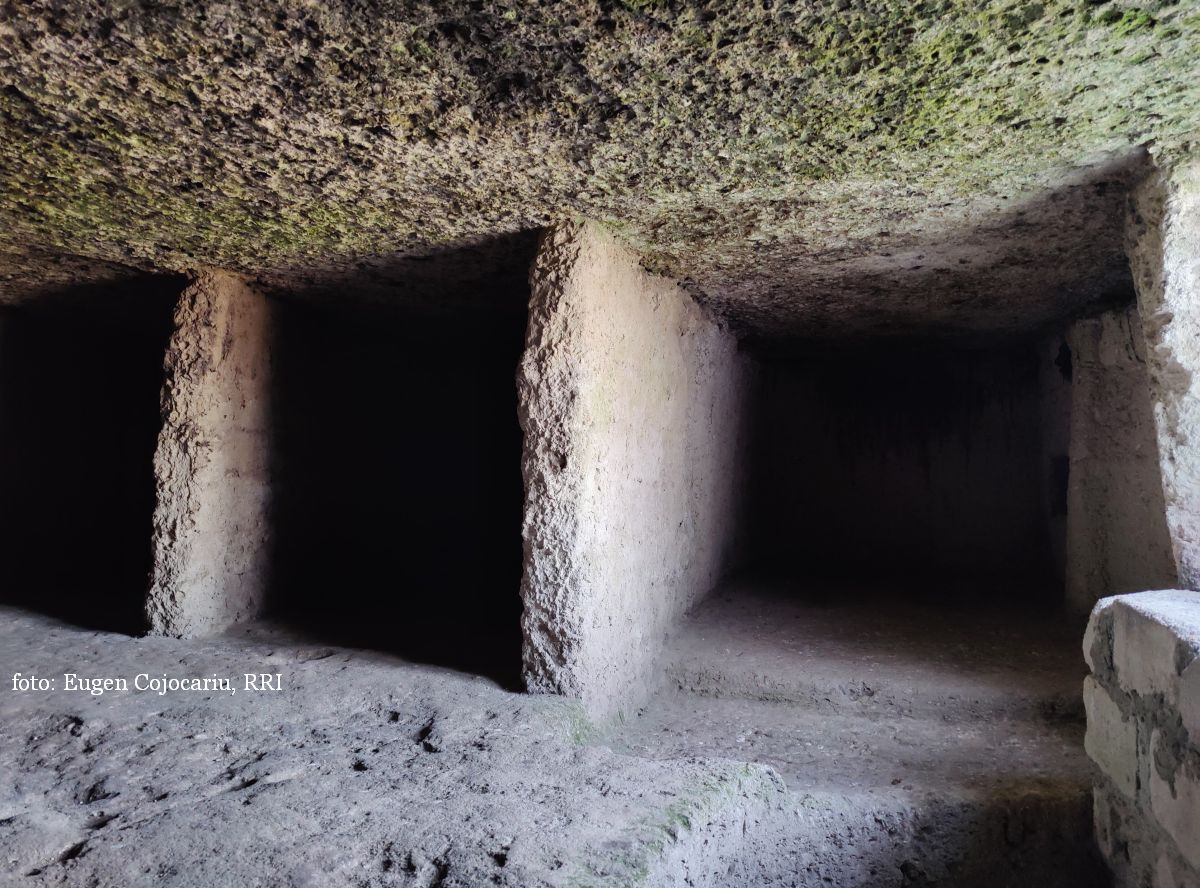Theodor Aman – Founder of the Romanian Fine Arts School
Theodor Aman (1831-1891)was the first great Romanian classical artist

Ion Puican, 02.11.2024, 18:21
Theodor Aman (1831-1891), the first great Romanian classical artist, was a Romanian painter, graphic designer, sculptor, pedagogue, and academician, the founder of the first Romanian school of fine arts in Bucharest, together with another great Romanian artist, Gheorghe Tattarescu. Theodor Aman represents for the history of Romanian art the first modern artist in the true sense of the word, influencing and speeding up, at the same time, through his activity in the United Principalities of Moldova and Wallachia, the opening towards cultural modernization and artistic development within the relevant institutions. But how did it all begin? How the idea of founding the School of Fine Arts in Bucharest was born in the mind and soul of this artist, the curator of the Aman Museum within the Bucharest City Museum, museographer Greta Șuteu, tells us:
“Aman had the chance to leave at 19, like a normal kid today, to leave at 19 from a very, very backward, Ottoman-influenced Wallachia. He had this chance to even reach Paris, which was the capital of culture and art education at the time. But, a 19-year-old child from the space I have indicated arrives in Paris, and discovers a world that had developed according to other rules, completely and totally unknown. He adapts. He’s a very intelligent character, a character with an education though, for the time. He had left knowing foreign languages, he had left knowing music. He is very serious, he does school very well and very seriously. He should have returned around 1855 to this space he left, and he receives a message from none other than Prince Barbu Știrbei, who conveys to him through a nephew of his: “Tell Aman not to come back yet, because things are not ready for him.” He stayed in Paris until 1858 and learned everything there was to learn. That is why we find him now, we who are left to see, to enjoy his work, find him prepared for various techniques. He clearly took the Renaissance artist as his model there, who had to cover as many techniques as possible. And he returns to the country in 1958, but with a big idea driving him: he comes very determined to go to school. He realized where society had reached, and what a past European culture and art had in a space where things proceeded normally. And he realized that without education, a society, a people cannot evolve. And then, his first option was to create a school.”
Greta Șuteu tells us about how Theodor Aman succeeded in founding the art school in Bucharest:
“And starting in 1858 he petitioned all the officials of the moment. He was not successful, he had despaired at one point. He only asked for a plot of land and wanted to build a private school. And yet, in 1864 he gets approval. Alexandru Ioan Cuza had come in, who in the 1860s had founded the University of Iasi and the Art School of Iasi. It had been functioning since 1960. And in 1964, Cuza signed the founding decree of the School of Fine Arts in Bucharest, and then, in fact, the University of Bucharest was also opened. All these steps were taken together with his friend, his colleague, Gheorghe Tattarescu. Tattarescu was two years older than him. Tattarescu had gone to school in Rome, but together they fought for this goal. We find them as school founders in 1864. The school opens. Aman is appointed the headmaster of the school, and will remain so until his death in ’91. In this way, some talented young people from the Romanian space have the chance to study with people who had studied in the West.”
What was Professor Aman like, from the perspective of museographer Greta Șuteu?
“Many times I said Aman could have done nothing of what we see, i.e. his art, and he would have still remained in the history of Romanian culture as the founder of the school, but also as a teacher. Apparently he was an exceptional teacher. We have a lot of testimonies that talk about the relationship between the teacher and the students. He loved them as his children, and they loved him as a parent. We have fragments of correspondence between them, and this is how they address him, as a parent. And Aman was answering as a parent to his children. He had no children, and then these were his children. But not only as a human relationship. He is an exceptional teacher because he has an extraordinary education and has something to teach others, and then of course his requirements are also at the highest level. We have some artists, we can say that our first important artists from the late 19th, early 20th century are Aman’s students.”
Theodor Aman remains an important landmark in Romanian art. His name remained in the history of Romanian art not only through the value of his signed works, but also through his contribution to the foundation of the first schools of fine arts. In fact, one of the most beautiful and original museums in Bucharest is the house / workshop of the artist, a house designed, painted and decorated entirely by him, a place that reflects the complex personality of the great Aman.






























